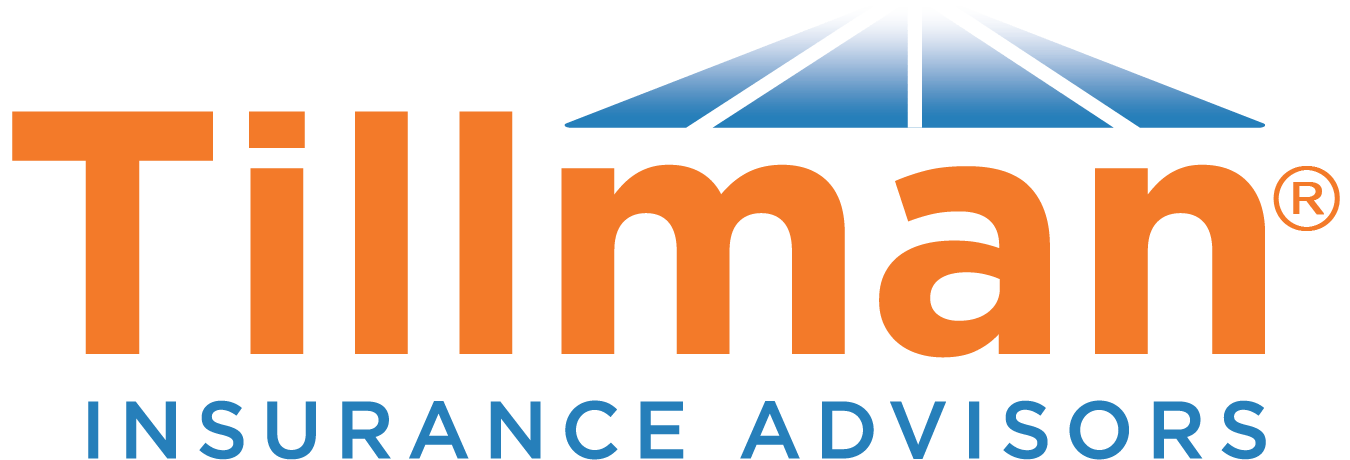- Exactly What You Need.
- (704) 558-7433
- (704) 960-1860
- hello@tillmaninsadv.com
Disability Insurance: Protect Your Income When Life Happens

Workers’ Comp Insurance: What Every Employer Should Know
July 19, 2025
Auto Insurance Basics: Coverage, Costs & Confidence on the Road
July 26, 2025Imagine this: You’re injured, sick, or recovering from surgery and can’t work for weeks — or even months. Your bills don’t stop, but your paycheck does. That’s where disability insurance steps in.
Disability insurance replaces a portion of your income if you’re unable to work due to a non-work-related injury or illness. It’s one of the most overlooked but essential types of coverage — especially for working professionals, entrepreneurs, and families who rely on a steady income.
What Is Disability Insurance?
Disability insurance pays a portion of your income if a medical condition prevents you from working. There are two main types:
Short-Term Disability
- Covers temporary conditions like injury, illness, or childbirth recovery
- Benefits usually last 3 to 6 months
- Often has a waiting period of 1–14 days before benefits begin
Long-Term Disability
- Covers more serious or long-lasting conditions
- Benefits can last 2 years, 5 years, or until retirement age
- Waiting period is typically 30 to 90 days
💡 Many people choose to have both types — short-term for immediate needs, and long-term for major life events or chronic illness.
Who Needs Disability Insurance?
Anyone who relies on a paycheck should seriously consider disability insurance — not just people in physically demanding jobs.
That includes:
- Office workers
- Freelancers and entrepreneurs
- Health professionals
- Teachers and educators
- Tech employees
- Creatives and consultants
Even if your job isn’t physically risky, illnesses and accidents happen — and your income could disappear overnight.
Common Causes of Disability
Disabilities aren’t always caused by dramatic accidents. In fact, most claims are for illnesses, not injuries.
Common causes include:
- Musculoskeletal disorders (back pain, joint injuries)
- Cancer
- Pregnancy and postpartum recovery
- Mental health conditions (anxiety, depression)
- Heart disease and stroke
- Autoimmune disorders
What Does Disability Insurance Cover — and Not Cover?
What’s Covered
- A portion of your lost income (usually 50–70%)
- Illnesses, surgeries, and recovery periods that prevent you from working
- Mental health conditions, depending on your policy
What’s Not Typically Covered
- Work-related injuries (covered by workers’ comp)
- Pre-existing conditions (if not disclosed)
- Short-term or partial disabilities, unless specified
- Cosmetic surgery recovery (unless medically necessary)
How Disability Benefits Are Paid
Once approved, disability benefits are paid in monthly installments — similar to a paycheck. Here’s how the process generally works:
- You become disabled and file a claim with your insurer or employer.
- Your waiting period (elimination period) begins — the time before payments start.
- You receive monthly payments (50–70% of your income) for the duration of your disability or until the policy limit is reached.
- Some policies include partial disability benefits if you can work in a limited capacity.
📌 Employer-sponsored policies are often taxed when you receive benefits. Privately paid plans are usually tax-free.
Final Thoughts
Your ability to earn a living is one of your most valuable assets — and disability insurance protects that. Whether you’re a full-time employee, self-employed, or a caregiver with a side hustle, having coverage in place means peace of mind during unexpected health challenges.





